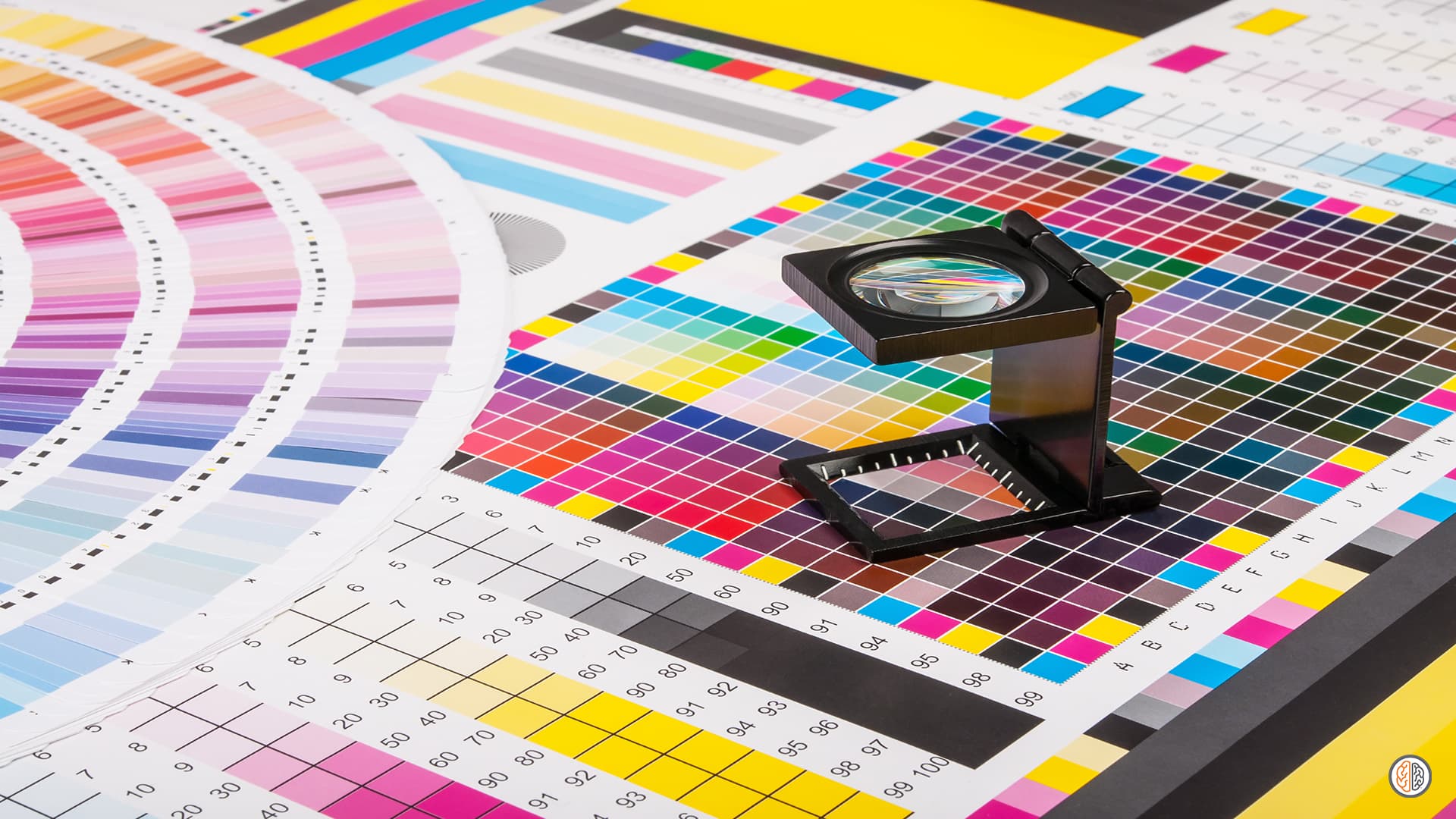7 Simple Techniques For Digital Printing
7 Simple Techniques For Digital Printing
Blog Article
Digital Printing - Questions
Table of ContentsThe Best Strategy To Use For Digital PrintingLittle Known Questions About Digital Printing.The 15-Second Trick For Digital Printing7 Easy Facts About Digital Printing ExplainedSee This Report on Digital PrintingGetting The Digital Printing To WorkOur Digital Printing DiariesAn Unbiased View of Digital Printing
Personalization likewise permits services to stand apart in a congested market by developing unique marketing materials that separate them from their competitors. Among the main advantages of digital printing is the capability to print variable data. Each published piece can be distinct, permitting services to create personalized marketing products that talk directly to their target audience.Digital printing likewise permits for personalization in the layout of advertising products (Digital Printing). With electronic printing, companies can develop designs that are unique and customized to their specific demands.
The Basic Principles Of Digital Printing
By publishing smaller amounts of advertising materials, companies can minimize waste and avoid the demand for excess supply. Digital printing is also versatile.
By using various materials and layouts, organizations can produce one-of-a-kind advertising products that stick out from their rivals and stand out from their target market. Digital printing also supplies consistency. With traditional printing methods, there is typically variation between prints due to differences in ink insurance coverage, stress, and other elements.
This uniformity can assist develop consumer depend on and reliability, revealing that the service is committed to supplying top quality products. Consistency is especially important for services that want to build customer trust and integrity. By ensuring that every print is regular, services can show that they are devoted to offering high-quality products and paying attention to the details.
The 6-Minute Rule for Digital Printing

Additionally, electronic printing generates much less waste because it can print on demand and in smaller amounts, reducing the need for excess stock and products. Digital printing also makes use of much less power compared to typical printing approaches. Digital printers do not call for as much energy to run, as they do not require to warm up as a lot or use as much power to run.
The Main Principles Of Digital Printing

Countered printing requires a plate for each and every shade printed. Conventional balanced out printing is a print approach that uses light weight aluminum plates to transfer ink onto a rubber sheet (frequently referred to as a "blanket"). The photo is after that rolled onto the printing surface area. This printing method is taken into consideration "countered" due to the fact that the ink is not moved to the paper directly.
The 10-Second Trick For Digital Printing
Countered printing allows for a wide range of print materials to be made use of throughout manufacturing. The high-quality photos produced through countered printing make it the preferred method, particularly amongst graphic developers, when looking for the best color reproduction, information, and professional-looking prints.
The essential printing approach continues to be balanced out. For digital inkjet printing, ink is moved straight onto the surface. Instead of relying upon light weight aluminum plates and rubber coverings to move an image, electronic printing uses fluid ink during production. Traditional home inkjet printers are among one of the most common electronic printing methods.
The 25-Second Trick For Digital Printing
Better color fidelity describes both the precision of the colors and their equilibrium in the style. Since balanced out this hyperlink printing can blend customized shade inks for each and every job, it will normally get the shades spot-on. Works similarly well on almost any type of type of product. Reputable, exceptional picture top quality. Count on offset printing for tidy, distinctive types and images without streaks or spots.
It costs a whole lot to begin a countered job. You have to spend cash right into creating home plates, which takes some time. As soon as you've spent it, all of the materials are all set to go, and you'll spend less on big countered tasks than an electronic print, which is concerning the same per piece no issue exactly how big the task obtains.
Digital printing is much less pricey for low-volume tasks. The price per unit goes down for digital printing, so at some point, they crisscross. Altering info within a single print work.
Things about Digital Printing
While digital printing or inkjet printing is the favored selection in the present times, there are engaging reasons to convert from offset to digital printing systems. When publishing countered or electronically, crucial choices and procedures are involved in shade matching.
Industrial inkjet printing uses adaptability for printing on numerous different substrates. Digital printing is perfect for customers that do not need longer runs and warehousing materials.

One benefit of digital printing is selecting from a vast array of digital substratums. With countered printing, substratums make up, usually, 30% of the expense of the job. With digital printing, the price of the substrate in the total work is tiny. This permits even more choices than in the past, which benefits marketing experts and visit site services.
The Buzz on Digital Printing
drop-on-demand is the second check this printing modern technology to consider. Continual inkjet systems call for considerable upkeep, even more driver training, and greater downtime. However, tools expenses in inkjet printing are much lower than offset printing as there are no plate-making, plates, and press costs. Past the capital expenditure, the prepress devices and printing presses need very competent drivers in countered printing, which adds labor prices.
Report this page